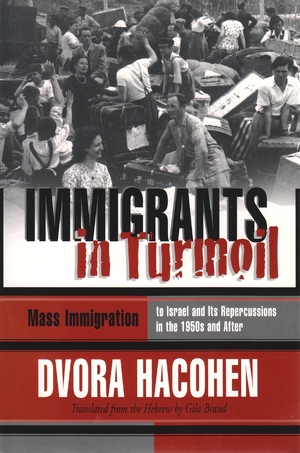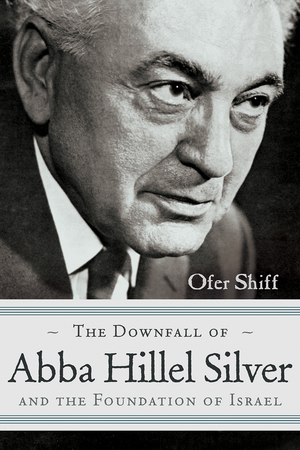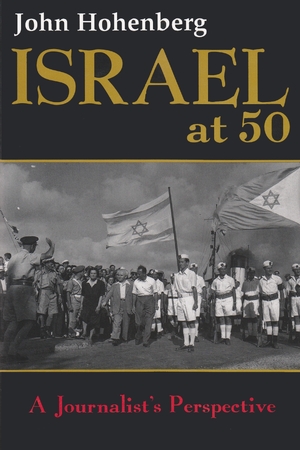Description
May 1948: a dramatically reborn Israel put out the call for Jews to return to their new homeland. Between 1948 and 1951, over one million Jews from disparate nations across the world converge upon Israel, doubling its population and creating a unique, exhilarating socio-cultural quilt. But ramifications upon Israeli society and nationhood would be profound and long lasting.
The new immigrants who were granted citizenship and the right to vote upon their arrival in Israel had an immense impact on Israeli politics. The relationship that developed then between immigrants and veteran Israelis left their mark on society and culture, creating fault lines that have deepened over the years: the ethnic rift between Jews of European extraction and those from Islamic countries, the rupture between religious and secular Jews, and the socio-economic polarization that ensued from these rifts.
Most stunningly, Dvora Hacohen uncovers revelations about the inconsistency between grand ambitions to activate an “ingathering of exiles” and the nation’s ability to handle such an event. She argues that the tidal wave of immigration in 1948 was not spontaneous as supposed, and Jewish agency executives and government officials favored gradual selective immigration over the open door policy that prevailed. She also explores the fate of Palestinian Jews and the roles played by various internal and global factions and adverse Arab neighbors.
About the Author
Dvora Hacohen, a senior lecturer in modern history at Bar-Ilan University, Ramat-Gan, Israel, is the author in Hebrew of From Fantasy to Reality: Ben-Gurion's Plan for Mass Immigration.
Related Interest
April 2003




